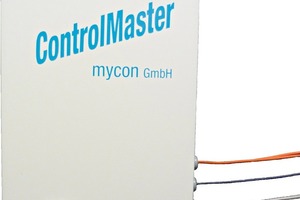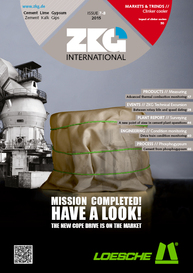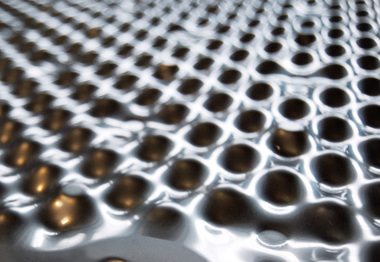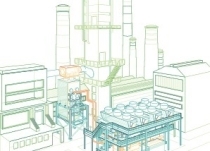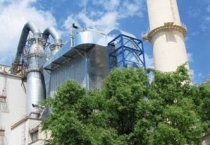Continuous digital measurement of heat exchangers
Worldwide more and more companies focus on energy efficiency. This results in reduced internal energy costs and improved competitiveness. Even more importantly, companies aspiring towards energy efficiency render an important contribution for the success of the transition to renewable energy. After all, every kilowatt-hour of power saved through energy efficiency measures is one less kilowatt-hour that needs to be generated and transported. Therefore, companies that use energy efficiently have a profound impact for achieving the energy efficiency and climate protection objectives.
However, determining the energy cost savings in the area of plate-fin heat exchangers has proven difficult so far. Although the difference between a clean and a polluted system is clearly visible in most cases, determining exactly how much the efficiency has deteriorated due to the pollution used to be a rather vague and difficult affair. Even heat exchangers which seem to be polluted only slightly can exhibit considerably reduced cooling performance if the polluting material has a high thermal contact resistance. Although an experienced observer can easily recognize the runtime reduction of the rotors after cleaning of the heat exchanger, the accurate measurement of the energy savings, and hence the exact determination of the energy costs, is very difficult due to the frequent strong fluctuations in capacity utilization of the cooling system and the constantly changing operating environment. Rough estimates of the energy cost savings based on differential pressure or temperature values are usually not suited for determining the actual condition of the system and rarely lead to useful results.
mycon GmbH from Bielefeld/Germany addresses this issue with a new, self-learning measuring system. A complex process continuously collects and processes the necessary data. The measured parameters are prepared digitally and evaluated using a complex algorithm. The innovative data acquisition system, for which a patent application has already been filed, also saves the incurred cleaning costs and the estimated investment payback period as necessary values for determining the cleaning time with the aim of making the cleaning performance as efficient as possible. The measuring system with a continuous measurement unit compares the energy costs, which increase steadily during the run-time of the heat exchanger, to the cleaning costs in order to adjust and determine the cleaning time in the most economically and ecologically viable way. Significant energy savings of up to 30 % can be achieved with regular cleaning of the heat exchangers. Thanks to the new data acquisition system, this process can be executed in a much more targeted and optimized way in the future.
//www.mycon.info" target="_blank" >www.mycon.info:www.mycon.info

